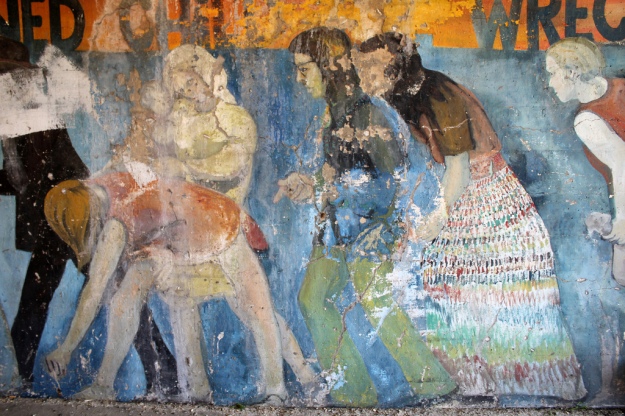The following post is one of a series previewing the research that will be presented at the in Helsinki, Finland (26–30 May 2019).
A guest post by Josep Sanchís
Coastlines and estuaries are complex ecosystems that are located in the nexus of marine, riverine, terrestrial, and air environments. In such intersections, it is common to find valuable natural parks and reservoirs, often treasuring delicate environments and unique life forms. This is particularly true in the case of estuaries and the surrounding wetlands, whose brakish waters serve as home for a variety of amphibian species, specialized plants, migrant birds and many others. Humans rely on estuaries for food and recreation, and these ecosystems can be found among the most productive in the world. Not surprising, 22 of the 32 largest cities can be found on estuaries. As a result, estuaries are stressed by multiple anthropogenic pressures. The marine nearshore also provides important socio-economic resources that support fundamental sectors including, for instance, aquaculture, fishing, tourism, oil and gas extraction, power generation, and naval activity. Because of all this, the preservation of these ecological, cultural, and socio-economic resources is a priority on a global scale that joins efforts from governments, regulatory agencies, and academia. Continue reading →
Like this:
Like Loading...






